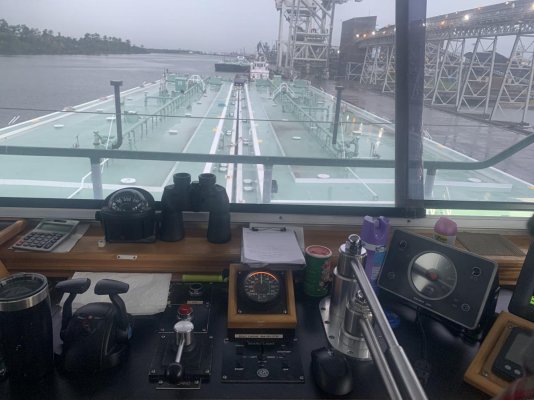Trawler_traveler
Veteran Member
- Joined
- Mar 26, 2017
- Messages
- 89
- Location
- Where the anchor is
- Vessel Name
- Shiplet
- Vessel Make
- 382 Diesel Duck
I think I've asked here about what to do with hydraulic destroyer wheels that require lots of turns from lock to lock and make rapid rudder movements in tight quarters basically impossible.
I was watching Dougal describe MV Cassidy's use of a full follow-up lever to basically give a tiller at the helm for more nimble maneuvering with a single screw:
https://youtu.be/CgUTYqZHzwQ?t=1330
I of course looked up soe offerings and found a bunch at this site:
https://www.emi-marine.com/full-follow-up-levers
So I'm wondering how many others may be using this seemingly brilliant solution to the turn-turn-turn problem ?
-Sven
I was watching Dougal describe MV Cassidy's use of a full follow-up lever to basically give a tiller at the helm for more nimble maneuvering with a single screw:
https://youtu.be/CgUTYqZHzwQ?t=1330
I of course looked up soe offerings and found a bunch at this site:
https://www.emi-marine.com/full-follow-up-levers
So I'm wondering how many others may be using this seemingly brilliant solution to the turn-turn-turn problem ?
-Sven


